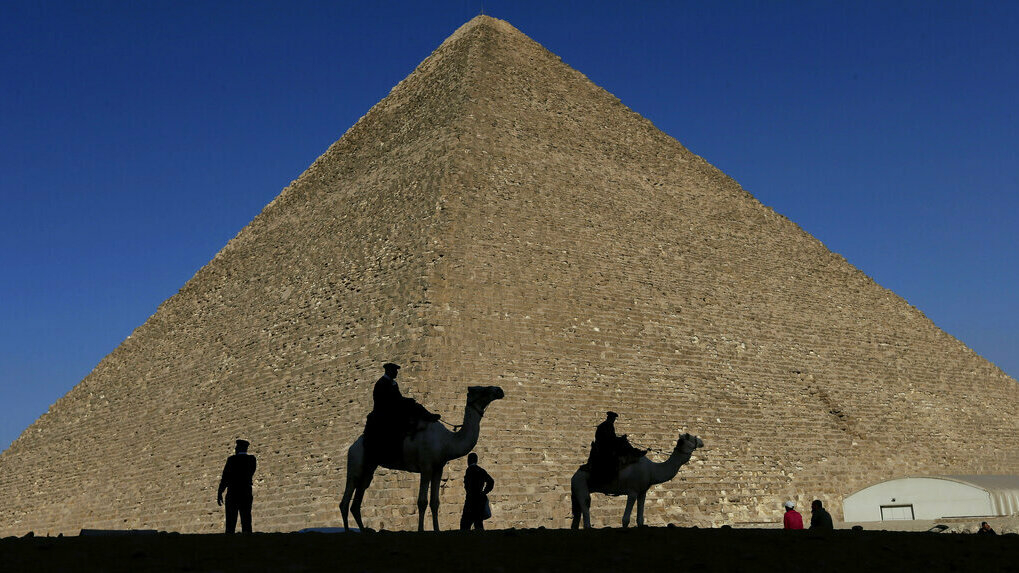
A sealed 30-foot hallway is discovered in a pyramid
The discovery of a void in Egypt’s Great Pyramid reveals the building history of the pyramid and its subterranean structures, and implications for tourism
The corridor is close to the main entrance of the Great Pyramid, and it could lead to more discoveries.
In 2017, Scan Pyramids researchers announced the discovery of a void at least 30 meters long inside the Great Pyramid, the first major inner structure found since the 19th century.
An article published in the journal Nature said the discovery can contribute to knowledge about how the pyramid was constructed and how the gabled limestone structure was built.
The Great Pyramid was built as a tomb during the time of the Pharaoh Cheops. Built to a height of 146 meters (479 feet), it now stands at 139 meters and was the tallest structure made by humans until the Eiffel Tower in Paris in 1889.
Five rooms atop the king’s burial chamber in another part of the pyramid are also thought to have been built to redistribute the weight of the massive structure. It’s possible that the pharaoh had more than one burial chamber.
He told reporters after the press conference in front of the pyramid that they would continue their scanning so they could find out what was beneath it.
Even relatively minor discoveries are exciting because experts are at odds over how the pyramids were constructed. Authorities often publicly tout discoveries to attract more tourists, a major source of foreign currency for this cash-strapped Middle eastern country.
Egypt’s tourism sector suffered a long downturn after the political turmoil and violence that followed the 2011 uprising that ousted the country’s longtime autocratic President Hosni Mubarak, and further setbacks following the outbreak of the coronavirus pandemic.

